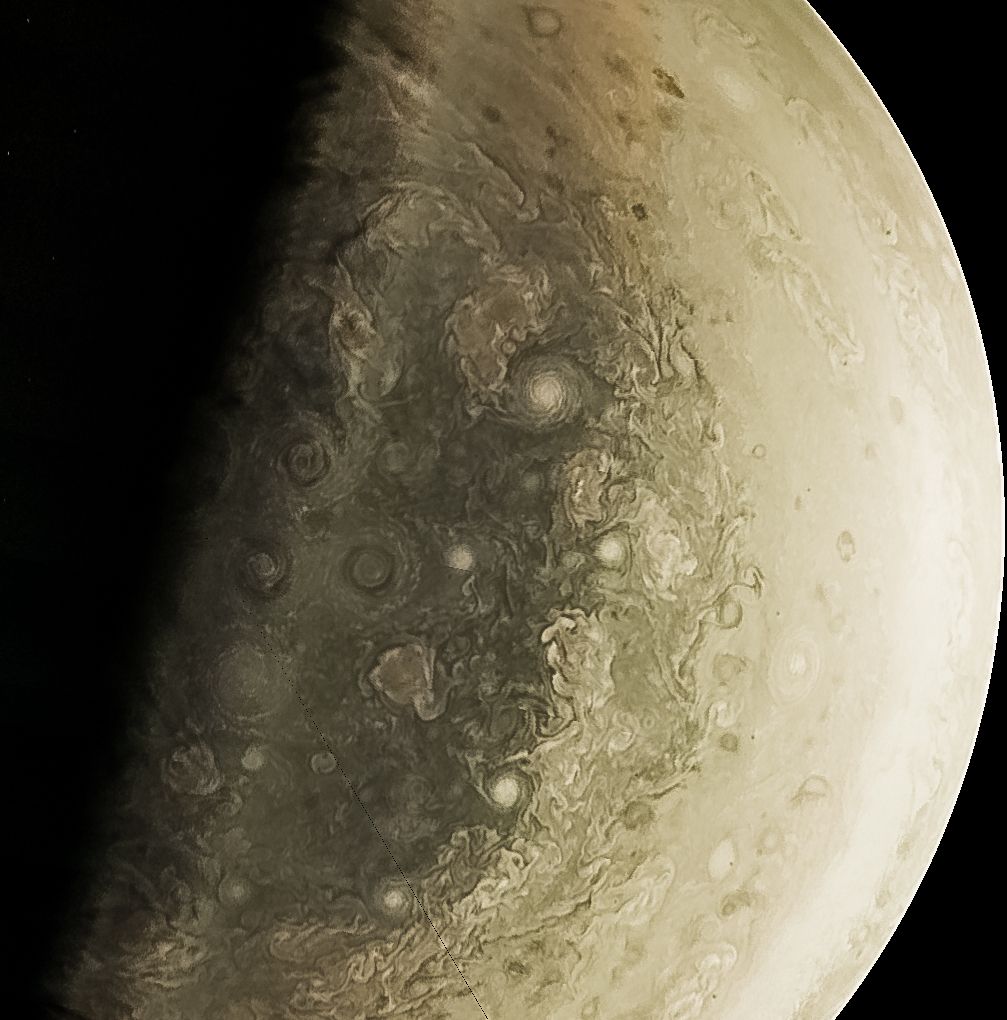
However, the forecast is subject to change. We describe cosmic phenomena that are all pretty weird, and have out-of-this-world names, too, like lava planets, magnetars, and dark energy stars. There are a lot of strange things in space. Here's where the northern lights could be visible: that are predicted to see the lights are forecast to see them on the horizon.

Last week's forecast called for aurora borealis visibility in 17 states, including parts of North Dakota, Minnesota, and Indiana, but it has since been updated to eight states in the U.S. Seeing it, so majestic and bright in the dusk or dawn sky always makes me smile 2. The northern lights could be visible in northern parts of eight states if the weather is clear. The region between our home planet and everything else in the universe is a. Want to see the northern lights? Good news: Experts predict years of awesome aurora viewing. Black holes are arguably one of the most fascinating and scary aspects of space. The Space Weather Prediction Center's forecast Wednesday showed potential for people in the northern part of the country to possibly see the auroras on the horizon. Best James Webb Space Telescope images of 2022: 15 of the most stunning cosmic vistas. On November 3, 1957, the USSR launched ‘Sputnik 2’, with a homeless dog named Laika in it. The team observed two of these so-called active galaxies, which are seen as they were when the 13.8 billion-year-old universe was less than one billion years old.They were able to calculate both. Butler Landing site on Mars, providing us earthlings with an immersive, 360-degree view of its new Martian home. A Dog Has Gone to Space The first man-made object to enter space was launched by a Russian satellite.

"The collisions produce light much like how electrons flowing through gas in a neon light collide with neon and other gases to produce different colored light bulbs." Gorgeous New Space Image is Your Valentine From the Universe. A Martian immersion NASA's Perseverance rover captured a panorama of the Octavia E. "Aurora is the name given to the glow or light produced when electrons from space flow down Earth’s magnetic field and collide with atoms and molecules of the upper atmosphere in a ring or oval centered on the magnetic pole of Earth," the website says. The natural phenomenon is usually caused by solar winds coming from the sun and Earth's magnetic field, according to the National Oceanic and Atmospheric Administration's Space Weather Prediction Center. The forecast is a change from the number of states that were predicted to possibly see the lights last week. The northern lights, also known as the aurora borealis, could be visible in some U.S. Visualizing NGC 3256 in this way demonstrates the usefulness of the JWST, the most powerful telescope ever placed into orbit around Earth, in understanding the growth of galaxies and the evolution of the universe.If seeing the northern lights is on your bucket list, you might just be in luck. The stunning image of this galaxy was created by the JWST using data from its Near Infrared Camera (NIRCam) and its Mid-InfraRed Instrument (MIRI). Graduate student Pedro Bernardinelli was looking through Dark Energy Survey.

MOST AMAZING SPACE PHENOMENA FULL
In the video, over 5,000 galaxies can be seen in gorgeous full color. Discovery of Comet Bernardinelli-Bernstein Two researchers unexpectedly discovered the largest-known comet to date.
MOST AMAZING SPACE PHENOMENA FREE
Visible in the JWST image of NGC 3256 are threads of stars that were wrenched free of their home galaxies as a result of gravitational interactions between the colliding galaxies giving rise to incredible tidal forces. According to simulations, protons and neutrons in a stars shriveled husk can be subject to insane gravitational pressure, which squeezes them into linguini-like tangles of material that would snap. A new 3D visualization from the James Webb Space Telescope takes viewers on a journey back in time to just after the Big Bang. Sagittarius B2 is the bright orange-red region to the middle-left of this image. The 1982 eclipse, which many Almanac readers may remember, was the Western Hemispheres longest total lunar. But it isn’t the case for all the stars in those galaxies. Theres a giant space cloud that might smell like rum. That's because of large voids between stars. When galaxies collide, most stellar bodies escape the violent collisions unscathed, unlike the gas and dust content of those galaxies. James Webb Space Telescope sees 1st starlight from ancient quasars in groundbreaking discovery James Webb Space Telescope discovers 717 ancient galaxies that flooded the universe with 1st light

James Webb Space Telescope will help Euclid spacecraft investigate dark energy and dark matter


 0 kommentar(er)
0 kommentar(er)
